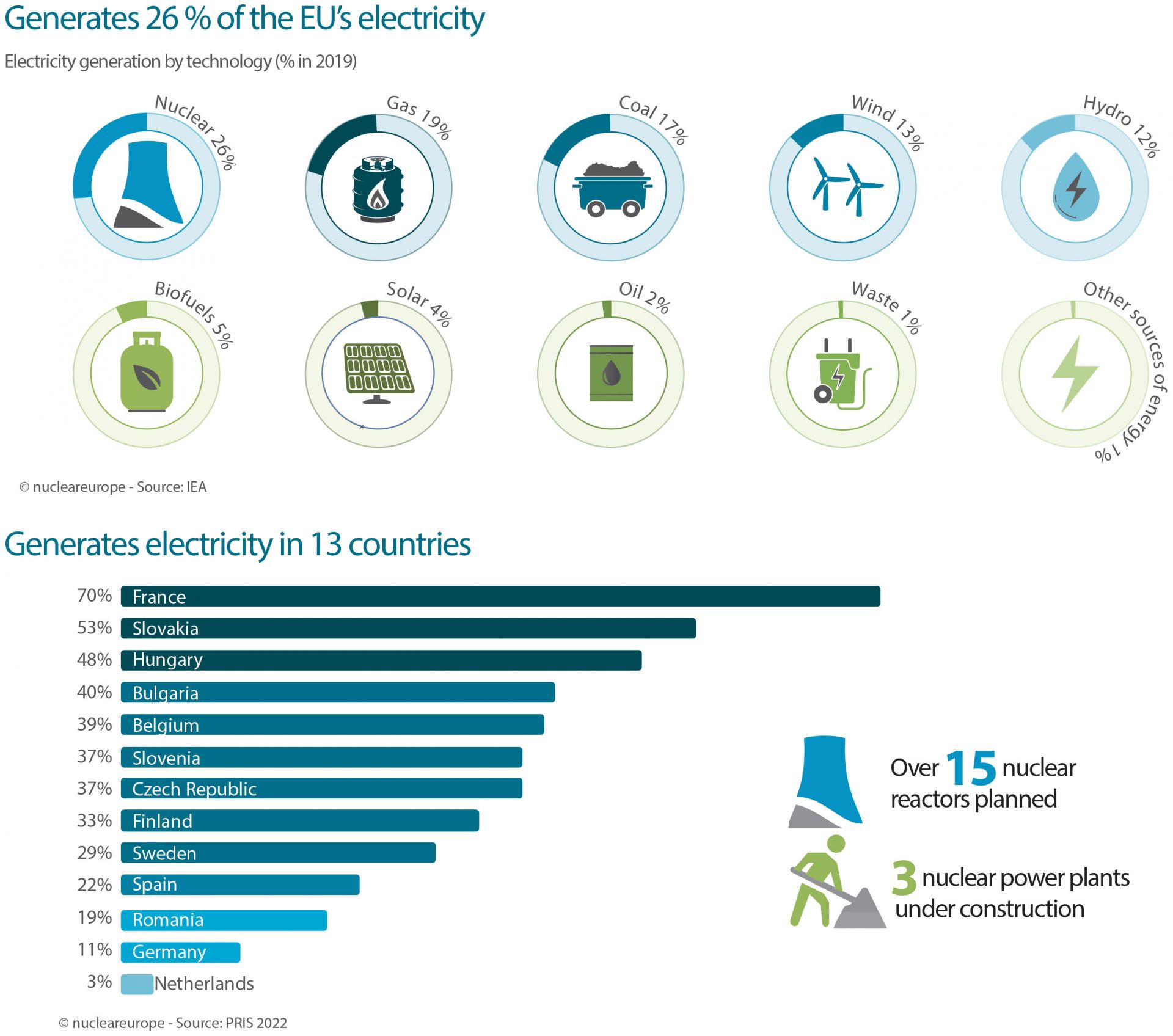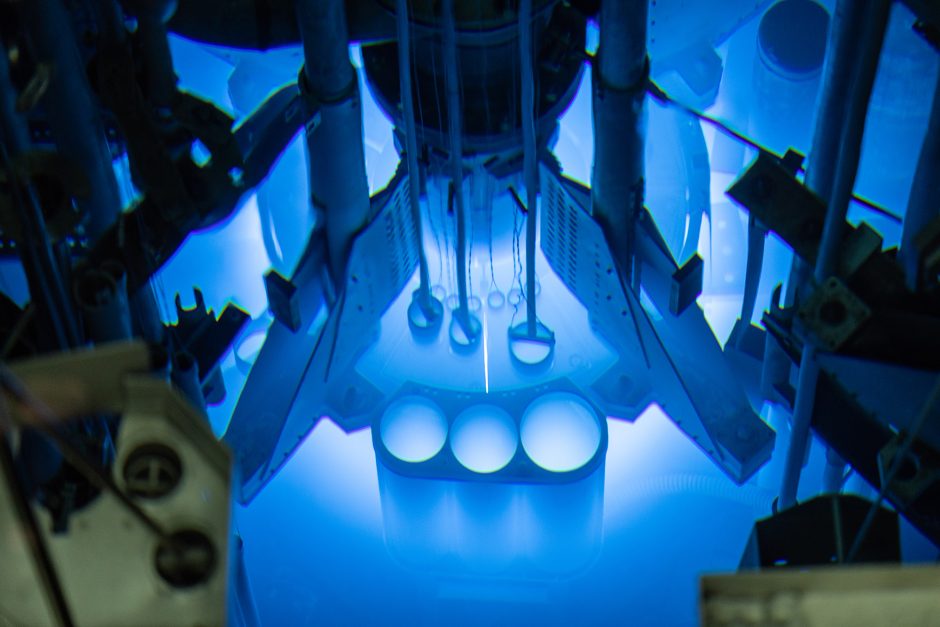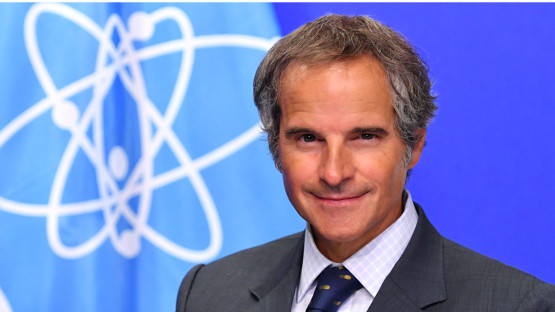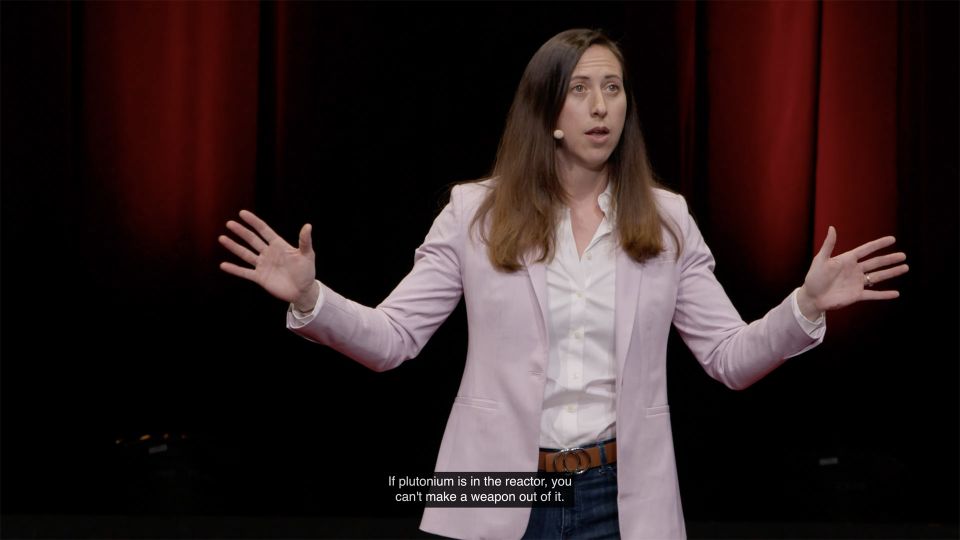Latest stats on nuclear energy in Europe released by nucleareurope
The Brussels-based nuclear energy trade association nucleareurope has published its latest Infographics, containing a variety of facts and figures on the use of nuclear energy in Europe. Some of the many interesting bits of information in the publication are highlighted below.
 Electricity generation: As of 2019, nuclear energy accounted for 26 percent of the electricity generated in the European Union, compared with 19 percent for natural gas, 17 percent for coal, 13 percent for wind, 12 percent for hydro, 5 percent for biofuels, and 4 percent for solar.
Electricity generation: As of 2019, nuclear energy accounted for 26 percent of the electricity generated in the European Union, compared with 19 percent for natural gas, 17 percent for coal, 13 percent for wind, 12 percent for hydro, 5 percent for biofuels, and 4 percent for solar.
France obtains much more of its electricity from nuclear energy (70 percent) than any other European nation. The other countries in the top five are Slovakia (53 percent), Hungary (48 percent), Bulgaria (40 percent), and Belgium (39 percent).
Reliability: Europe’s nuclear power plants generated reliable electricity at full power 85–90 percent of the time, compared with 80 percent for coal. The reliability of all other sources was less than 45 percent. Nuclear energy was also the most affordable energy source, with a levelized cost of electricity of €25 to €28 per megawatt-hour over long-term operation.
Uranium resources: According to the publication, “Identified resources of uranium are sufficient to support continued use and significant growth” of nuclear energy for “well over 120 years.” Additional exploitable resources would extend this time to well over 300 years, and new reactor designs and fuel recycling could extend the use of nuclear energy to thousands of years.
Climate: Nuclear energy currently generates almost 50 percent of the EU’s low-carbon electricity, making it a leader in stemming climate change. In addition, the life-cycle amount of carbon dioxide emission resulting from nuclear energy (12 grams CO2 eq/kWh) is comparable with that of wind (12 g) and half or less that of hydro (24 g) and solar (27–48 g).
Exposure: Infographics also looks at nuclear-related health issues. One graphic depicts the infinitesimal public exposure to radiation from nuclear power plants (0.0002 mSv/yr), compared with such other sources as food (0.29 mSv), cosmic radiation (0.39 mSv), and soil (0.48 mSv).
Another graphic shows that half of Europeans will benefit from nuclear medicine in the form of radiation and radioactive isotopes. Also, the EU produces more than 60 percent of the world’s most frequently used radioisotope (technetium-99m).
Nuclear waste: Among all types of nuclear waste generated in the EU, approximately 73 percent of it is classified as very-low-level waste (for example, concrete). About 17 percent is low-level waste, almost 10 percent is intermediate-level waste, and only 0.2 percent is high-level waste.
Jobs: The Infographics brochure concludes with two maps, one showing that the civil nuclear industry supports about 1.3 million jobs in Europe and the other showing the locations of Europe’s 134 operational nuclear reactors, as well as nine reactors under construction.








